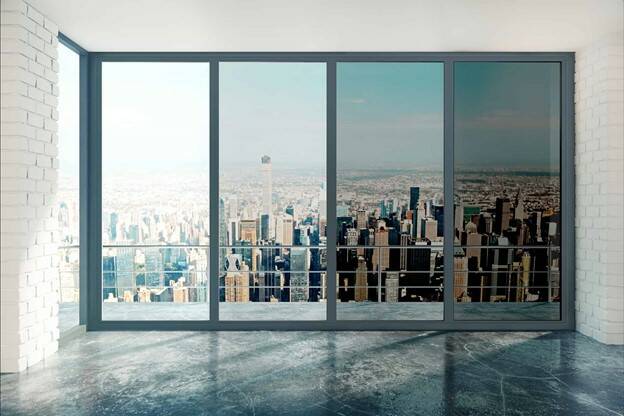Smart Glass Technology: Revolutionizing Transparency and Privacy

The concept of smart glass, also known as switchable glass, began to take shape in the late 20th century. Initially, the technology was rudimentary, relying on electrochromic materials that changed transparency when subjected to voltage. This early form of smart glass was primarily used in small-scale applications due to its high cost and limited functionality.
As technology advanced, smart glass evolved significantly. Innovations in liquid crystal and suspended particle devices enhanced its capabilities, leading to broader applications and greater commercial viability.
Evolution and Current Technologies in Smart Glass
Modern smart glass technology encompasses various methods of operation. Electrochromic smart glass, which changes color when electricity is applied, has become more efficient and faster in its transition. Another popular type, Polymer Dispersed Liquid Crystal (PDLC), turns from opaque to transparent when powered, offering instant privacy at the flick of a switch.
These advancements have allowed smart glass to be used in a variety of settings, from corporate offices to residential buildings, providing both aesthetic appeal and functional benefits like energy efficiency and improved security.
The integration of smart glass with IoT devices has further enhanced its functionality, allowing for automated control based on external conditions like temperature and light.
Overcoming Challenges in Smart Glass Technology
Cost Reduction and Manufacturing Improvements
One of the major challenges faced was the high cost of production. Technological advancements have led to more cost-effective manufacturing processes, making it accessible for broader markets.
Enhancing Durability
Improving the durability of smart glass was crucial. Modern smart glass is designed to withstand various environmental factors, ensuring longevity and reliability.
Energy Efficiency
Enhancing energy efficiency has been a focus, with newer models significantly reducing energy consumption compared to earlier versions.
Integration with Other Technologies
Seamless integration with other smart technologies has been essential in overcoming usability challenges, making smart glass a part of holistic smart home and office systems.
Expanding Applications
Diversifying the application of smart glass in different sectors like automotive, aviation, and healthcare has helped in overcoming market limitations.

Rising Popularity of Smart Glass
Smart glass has gained popularity due to its blend of functionality and aesthetic appeal. Its ability to offer instant privacy while maintaining a modern, sleek look has made it a favorite in architecture and interior design.
The growing emphasis on energy-efficient building solutions has further propelled its popularity, with smart glass playing a vital role in green building initiatives.
The Future of Smart Glass Technology
Smart glass stands at the forefront of modern technological innovation in architecture and design. Its evolution from a high-cost luxury item to a versatile, functional material demonstrates its potential to reshape our interaction with our environments.
The future of smart glass technology holds immense promise, with potential applications expanding into various sectors, paving the way for smarter, more efficient, and aesthetically pleasing living and working spaces.
